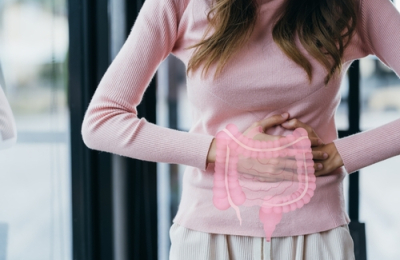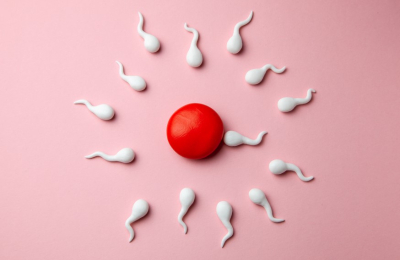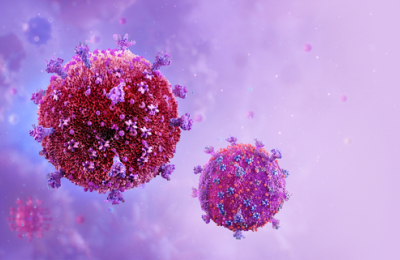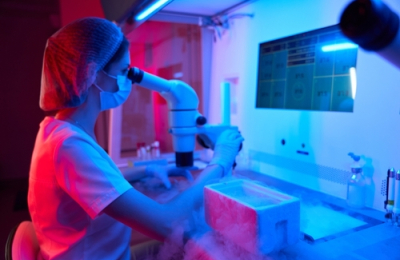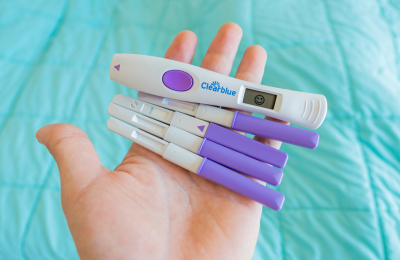
The Human Fertilisation and Embryology Authority (HFEA) annual trends and figures reports are highly anticipated by clinicians, funders, and patients, as they provide valuable insights into the UK fertility sector. These reports help guide patient counselling, inform on success rates, and assist funding bodies in evaluating their policies.
The preliminary data for fertility treatments in 2022, released in July, offers a glimpse into the number of treatments performed, advances in clinical and laboratory practices, success rates, delays in conception, and attitudes toward egg freezing and donor gametes. The report also highlights the level of access to NHS-funded fertility treatments.
Several trends point to improvements in clinical and laboratory practices. For instance, the pregnancy rate from IVF using fresh embryo transfers increased from 21% in 2012 to 31% in 2022, even as the average age of first-time IVF patients rose to just over 35 years. Similarly, pregnancy rates among women aged 43-44 using their own eggs increased from 5% to 9% over the same period. The multiple pregnancy rate has also declined, reflecting a shift toward single-embryo transfers.
The use of donor eggs, sperm, and embryos has grown, now accounting for about one in 200 live births in the UK. However, the number of UK-based sperm donors has decreased, with over half of new donations being imports, while 96% of egg donors remain UK-based. Meanwhile, egg and embryo storage cycles have risen, suggesting increased awareness and conversations about fertility preservation options.
Meanwhile, egg and embryo storage cycles have risen, suggesting increased awareness and interest in both medical and elective fertility preservation. Despite this, egg freezing still represents only 5% of all treatments.
The report also reveals that NHS funding for fertility treatments has fallen to an all-time low, covering just 27% of treatments in 2022, a significant drop from 40% in 2012. Various challenges persist, including inconsistent NHS funding across the UK, restrictive criteria based on age, BMI, and ovarian reserve, and limited funding for donor insemination for same-sex female couples and single women unless they demonstrate infertility. Additionally, NHS funding is not available for those with existing children or for surrogacy, and the preliminary data does not specify how many IVF cycles were conducted for secondary infertility.
While the preliminary figures show positive trends in clinical practices, they also underscore that most fertility treatments occur in the private sector. Understanding the decline in NHS-funded cycles requires further investigation, including comparisons with other areas of healthcare and consideration of socio-economic factors, like the cost of living, which may affect access to privately funded care.
Further information is needed on issues such as the average duration of conception delays, the use of pre-implantation genetic testing, and reasons for delays in accessing care. The HFEA data remains a vital resource, and the fully validated results, expected by the end of 2024, are eagerly awaited by all stakeholders.
Source - Fertility trends: Outcomes improve but NHS cycles down | PET (progress.org.uk)
















